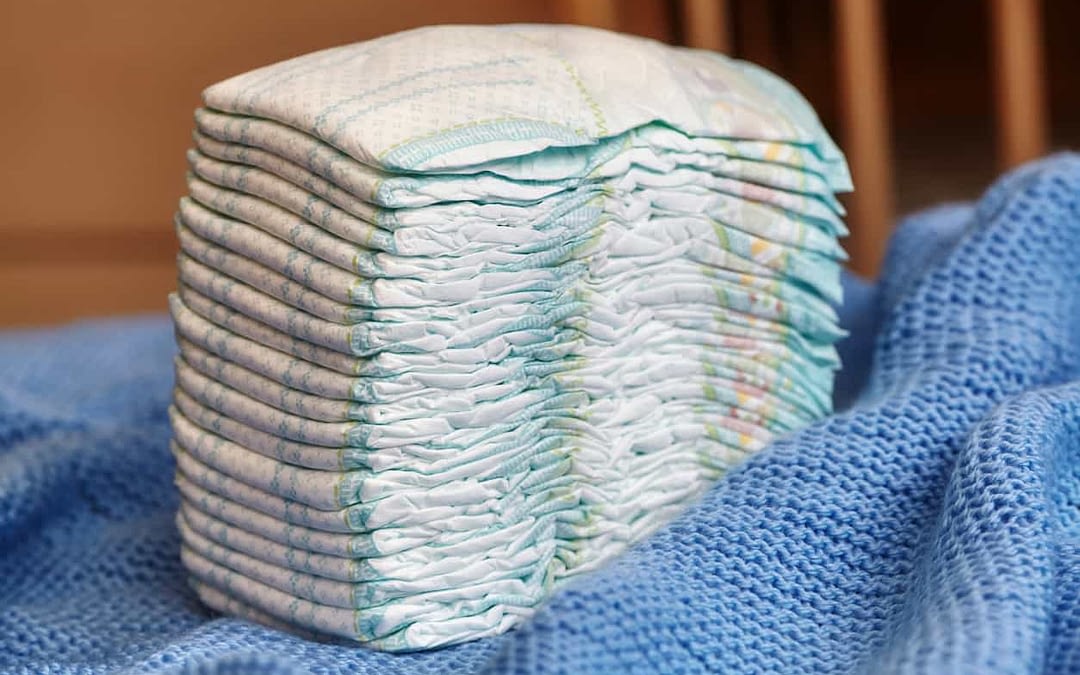Lower urinary tract symptoms, such as feeling a constant urge to go, leaking or frequent infections are one of the most common symptoms checked off on our hormone symptom checklist. These issues don’t have to be treated as a right of passage into your mature years, and can be supported with dietary, supplemental or bio-identical hormonal treatment options.
The annoyance of urinary symptoms is almost never met with enough attention and compassion from medical professionals. Women often feel their symptoms are brushed off as a regular part of healthy aging, when their discomfort should be used as an indicator of overall health and healthy aging.
Although many chronic diseases will cause urinary symptoms, urinary symptoms associated with menopause are usually a combination of past vaginal birth or hysterectomy trauma, vaginal atrophy, using medications or supplements that are urinary irritants or other lifestyle factors such has high body weight or smoking.
Carefully digging into each patient’s case, and their underlying contributing factors is the key to successful treatment of symptoms since many drugs, supplements and deficiencies actually worsen urinary symptoms. Supplements such as calcium and vitamin C (which are commonly prescribed in this group of women) can worsen bladder irritation(1), and vitamin D deficiency has been well studied as a risk factor for urinary incontinence and increased urinary frequency. Patients who test low for vitamin D have improvement of symptoms when their deficiency is corrected, and research also suggests that we should be using more vitamin D in almost every post menopausal women in order to prevent symptoms in the first place(2–4).
The use of hormones for the treatment of urinary symptoms is a bit controversial, since most trials on oral hormones have not been found to reduce symptoms at all. Topical estrogens do seem to reduce certain symptoms associated with aging bladders, and may work best in women who have very low estrogen, or concurrent vaginal symptoms (read my article on vaginal atrophy here)(5–7).
Other treatment options include herbs such as Periwinkle(8) (which reduces night time waking) or Boswellia(9) which can be used short term while longer term treatments such as reducing constipation or lowering abdominal body weight can be initiated by your Naturopath.
All women deserve to be listened to and encouraged by their health care practitioner to age symptom free. Naturopathic Doctors have the time and tools to reduce urinary frequency, irritation and incontinence in women with lower urinary tract symptoms. Ask us whether you should have lab work done prior to your first appointment with our pre-assessment program.
- Maserejian NN, Giovannucci EL, McVary KT, McKinlay JB. Intakes of vitamins and minerals in relation to urinary incontinence, voiding, and storage symptoms in women: a cross-sectional analysis from the Boston Area Community Health survey. Eur Urol. 2011 Jun;59(6):1039–47.
- Vaughan CP, Tangpricha V, Motahar-Ford N, Goode PS, Burgio KL, Allman RM, et al. Vitamin D and incident urinary incontinence in older adults. Eur J Clin Nutr. 2016 Sep;70(9):987–9.
- Kaur H, Bala R, Nagpal M. Role of Vitamin D in urogenital health of geriatric participants. J -Life Health. 2017 Mar;8(1):28–35.
- Oberg J, Verelst M, Jorde R, Cashman K, Grimnes G. High dose vitamin D may improve lower urinary tract symptoms in postmenopausal women. J Steroid Biochem Mol Biol. 2017 Mar 18;
- Castellani D, Saldutto P, Galica V, Pace G, Biferi D, Paradiso Galatioto G, et al. Low-Dose Intravaginal Estriol and Pelvic Floor Rehabilitation in Post-Menopausal Stress Urinary Incontinence. Urol Int. 2015;95(4):417–21.
- Chuery ACS, Speck NM de G, de Moura KFQ, Belfort PN, Sakano C, Ribalta JCL. Efficacy of vaginal use of topical estriol in postmenopausal women with urogenital atrophy. Clin Exp Obstet Gynecol. 2011;38(2):143–5.
- Weber MA, Lim V, Oryszczyn J, Te West N, Souget J, Jeffery S, et al. The Effect of Vaginal Oestriol Cream on Subjective and Objective Symptoms of Stress Urinary Incontinence and Vaginal Atrophy: An International Multi-Centre Pilot Study. Gynecol Obstet Invest. 2016 Mar 19;
- Truss MC, Stief CG, Uckert S, Becker AJ, Schultheiss D, Machtens S, et al. Initial clinical experience with the selective phosphodiesterase-I isoenzyme inhibitor vinpocetine in the treatment of urge incontinence and low compliance bladder. World J Urol. 2000 Dec;18(6):439–43.
- Torella M, Del Deo F, Grimaldi A, Iervolino SA, Pezzella M, Tammaro C, et al. Efficacy of an orally administered combination of hyaluronic acid, chondroitin sulfate, curcumin and quercetin for the prevention of recurrent urinary tract infections in postmenopausal women. Eur J Obstet Gynecol Reprod Biol. 2016 Dec;207:125–8.


Recent Comments